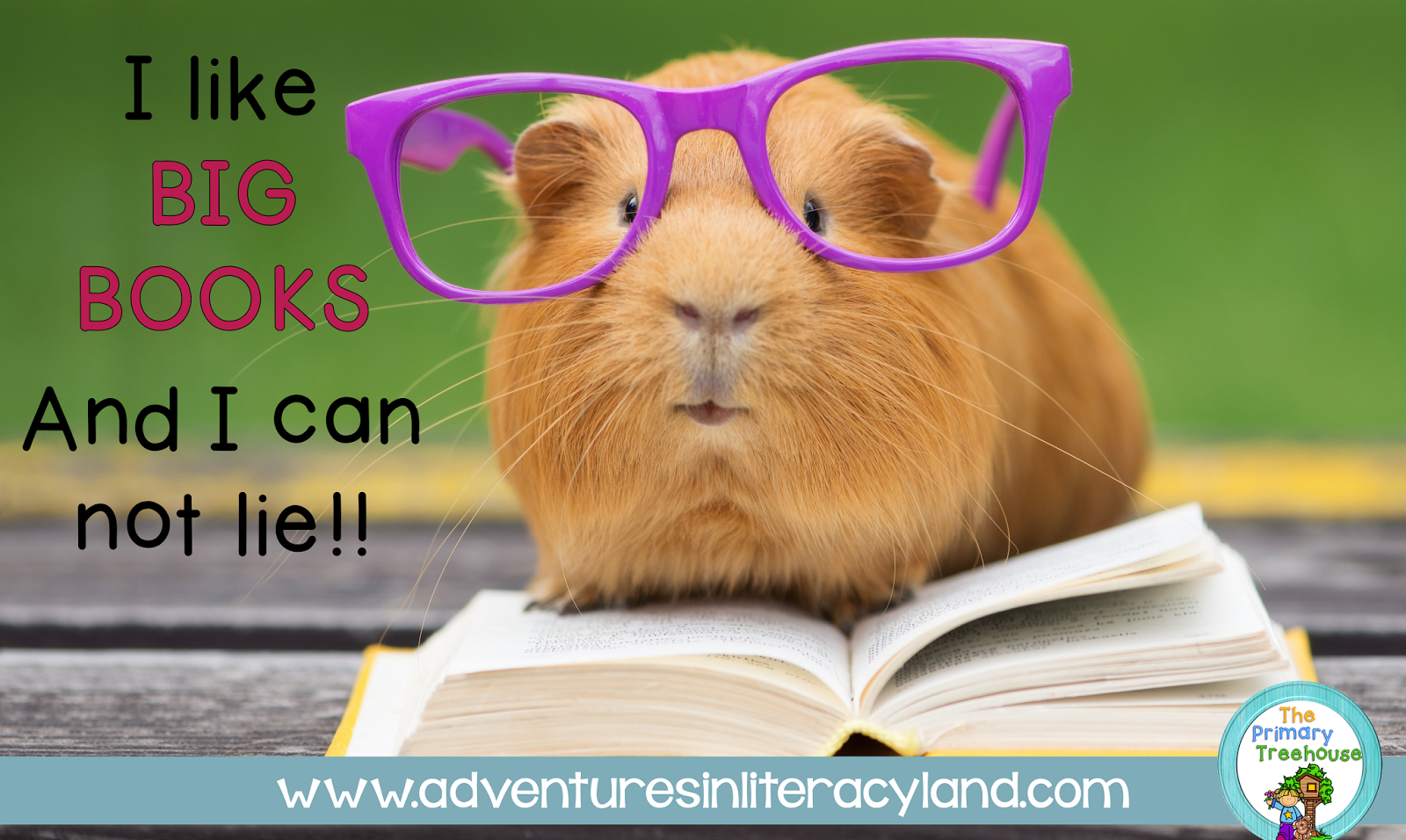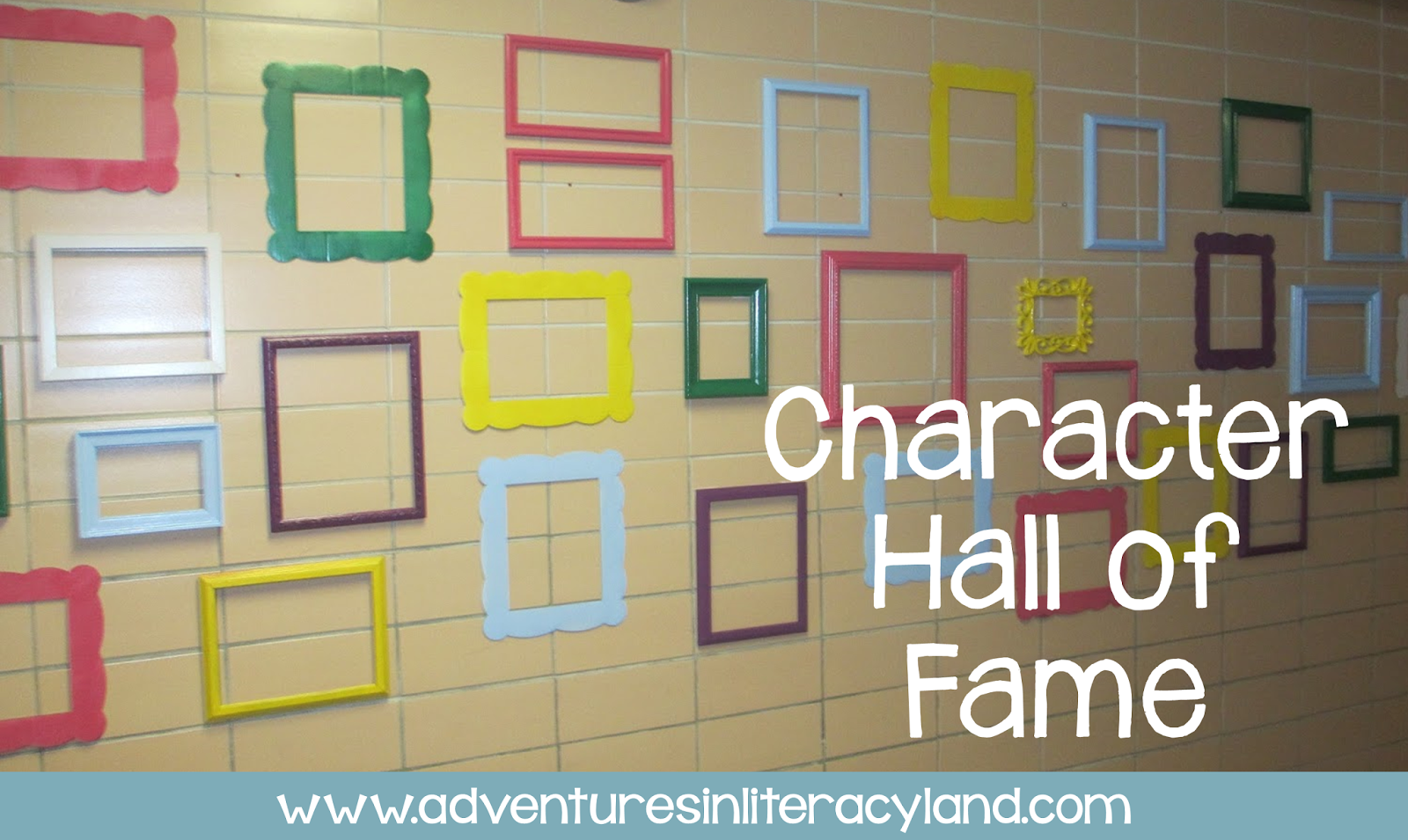Are you looking for simple ways to embrace (and survive!) the holiday season without sacrificing the content you are responsible for teaching? My hand is raised! My students have fun each and every holiday season in my classroom, but I never stop teaching. You will not find my students and I watching the Grinch on a Friday afternoon...Read on to find out how you can incorporate the holidays so that your students still have fun, but continue to teach at the same time!

I Like Big Books and I Cannot Lie!
Up-to-date big books can be hard to come by. They are expensive and not a priority in many school's budget. So how can I implement big books in a classroom when I don't have the money to do so?

Summarizing... Getting to the HEART of the Story
SOMEBODY...
Another Reading Comprehension strategy that can be used in all primary classrooms is Summarizing. Too often students think summarizing is retelling. In order to get a quick summary you need to get to the heart of the story.The easiest technique for early readers is SOMEBODY…WANTED… BUT… SO… AND technique. I would be happy to credit to the one who thought of this technique…because it is genius! The problem with credit is I’ve seen it in so many places, I’m not sure who came up with this originally. That being said, it’s a keeper!
WANTED...
I first used this technique with my kindergarten class. We were addicted to Magic Tree House Books (that’s another post for another day) and we started practicing our summarizing after each chapter. I made a poster with the 5 words on it as a reminder. We did not write down the summaries…we only practiced the summaries orally. This year, I taught my first and second grade students to summarize using this technique. We made a poster as an anchor chart using their words. Getting them to define the word will give them ownership and increase understanding.BUT...
We started with a whole group S...W...B...S...A. After reading a short story, we used the chart to fill in the blanks and write a summary sentence. This can be broken into more sentences, as the summaries are more complex.
SO...
AND...
We also talked about how we could use it for our longer books. After reading “The Magic Bike” from Reading A-Z and we wrote a longer summary. We started with an introduction sentence. Then, wrote the beginning of the summary using Somebody…Wanted…But…So…And. Realizing this didn’t quite tell the story, we had to add another But…So…And to finish the story summary. Sometimes, you will see SOMEBODY... WANTED... BUT... SO...AND...THEN... SO... FINALLY. These are all good options, depending on the story.DON'T FORGET...
The SWBSA Paint Chip Summary Bookmarks from an earlier post about paint chips.For a FREEBIE Summarizing Set, click the link.
Feel Free to Pin this Post for later:

Reading Ritual: Character Hall of Fame
Reading rituals...they are an integral part of our reading classrooms in order to create an environment for readers to be fostered, grown, and encouraged. They look different in every classroom and some rituals will have more impact than others.

Make Reading Fun!
Can we all agree that students who are motivated and engaged will become better readers? If we want students to be motivated, we must be too! If we want students to be engaged in activities linked to reading, we must be too! I hope that this post renews your love for literacy and puts a little pep in your step! Happy Fall Ya'll!!!

Why Small Group Instruction Can Not Be Ignored
The Situation
Student one transferred into Lincoln Park Elementary in October from Texas. She is in fifth grade and English is her second language. Her reading level is late third and comprehension is a challenge.Student two has attended Lincoln Park Elementary since kindergarten. He has always struggled with reading. He struggles with spelling and writing. His reading lacks fluency, and decoding unfamiliar words is challenging.
Student three has also attended Lincoln Park Elementary since kindergarten. She is on grade level, has passed state assessments with a score slightly above the cut score. She struggles with attention at times and is being treated for ADHD. She's very inquisitive, and with some modifications in class, she's kept on task. Comprehension can be impacted when the environment is distracting.
The final student joined Lincoln Park Elementary in second grade. He was identified for the talented and gifted program in third grade. He is an avid reader with a rich vocabulary. He's a quiet child, never complains, and keeps busy with independent reading when other work is complete.

Word Hunts: The Cornerstone of Word Study Instruction
For years, I taught third graders, and we focused on word study instruction quite a bit. After learning our features and how they work, the best part of the week was the word hunt. Students would use what they knew and really focused their learning on the features and not just the words.
Subscribe to:
Posts (Atom)















